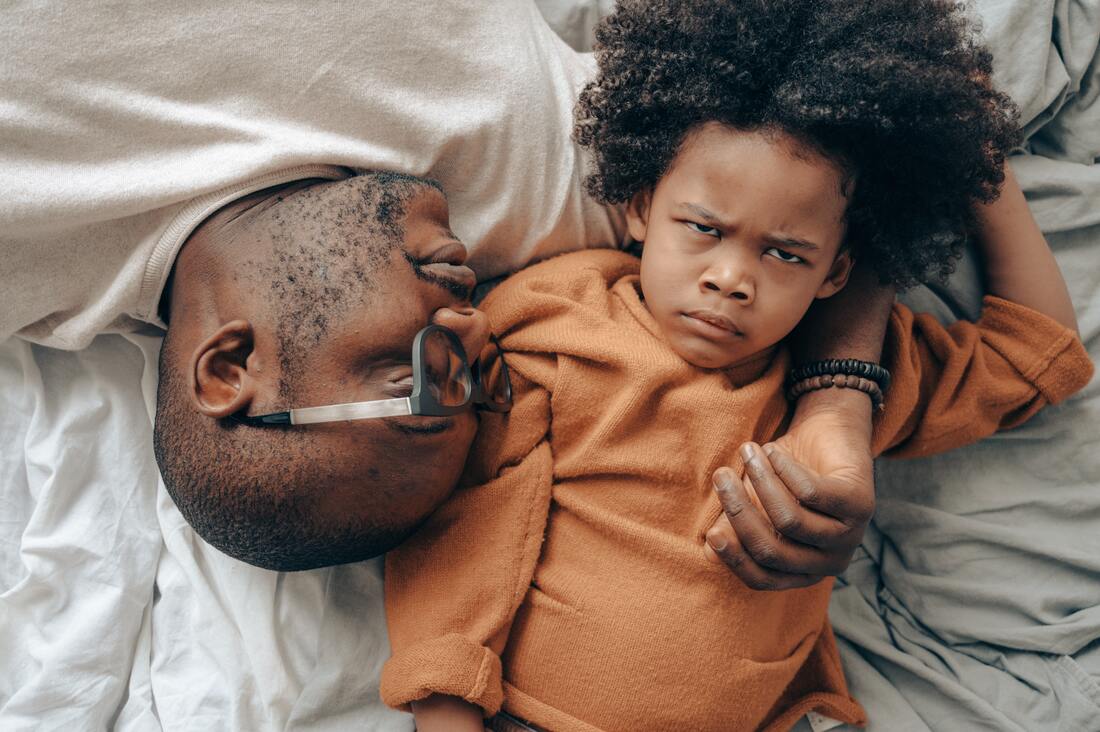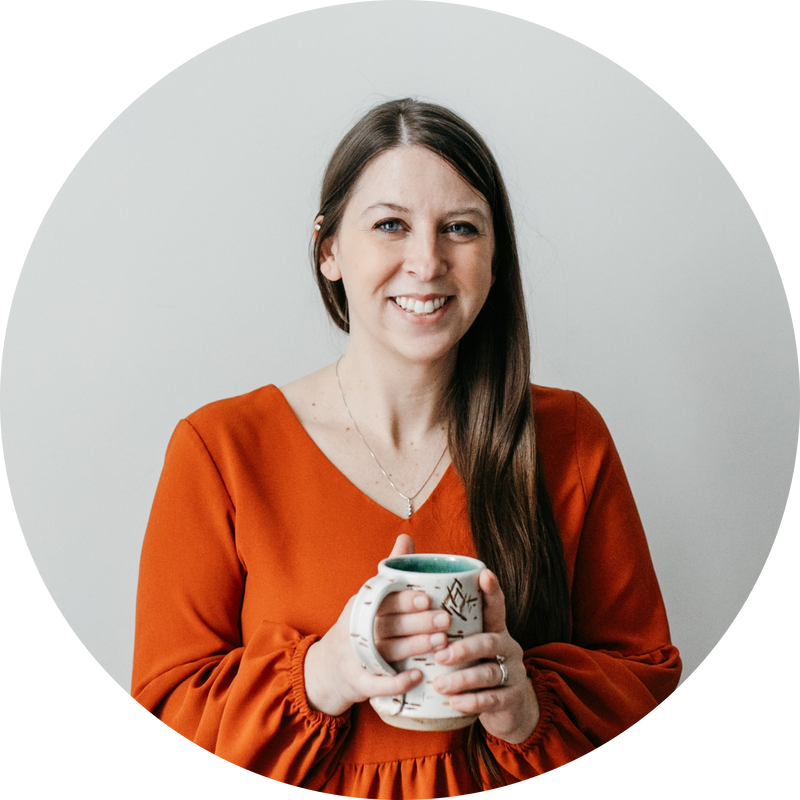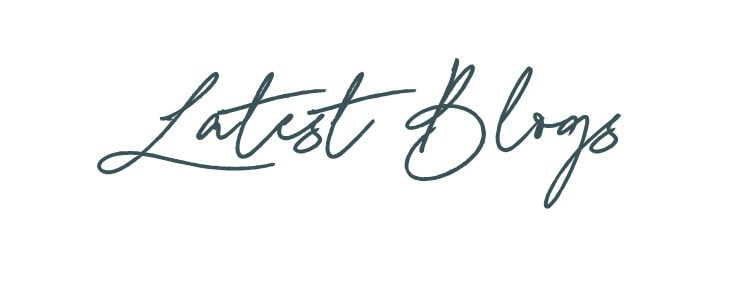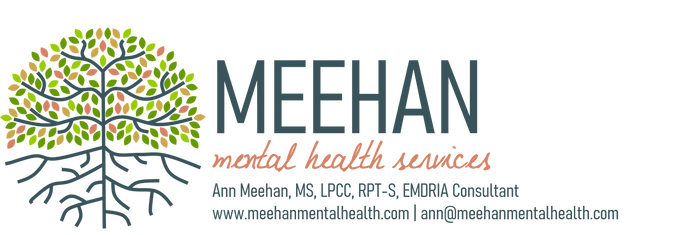|
Emotional regulation is the ability of our nervous system to control or regulate emotional responses to something our nervous system deems threatening. It is the ability to stay mindful, present, and work through emotions while our prefrontal cortex (logic, problem solving and reasoning) stays active! Check out a deeper dive on emotional regulation HERE! Emotional regulation can be broken down into co-regulation (someone outside of ourselves is supporting regulation) or self-regulation (the regulation mechanisms we do by ourselves or on our own). Co-regulation is a complex process that develops within the attachment relationship and starts at infancy. It is developed through an attuned caregiver who is able to provide consistent and safe responses to an infant's distress. The attunement, attachment, and regulation skills are imprinted in memory and form the basis for self-regulation. In short, co-regulation in the attachment relationship lays the foundation for self-regulation. Dr. Allan Schore describes the attachment relationship as how a mother helps the infant regulate emotion. And these neural patterns and connections? Well, the infant takes these patterns as a map of regulation that the infant will use across their life. Going further Dr. Schore states that “attachment theory is essentially a regulatory theory, and attachment can be defined as the interactive regulation of biological synchronicity between organisms.” He also sees an early task of development as transferring regulation from exclusively externally driven (co-regulation) to internal driven (the ability to regulate self). Many of the young people we see may have had preverbal trauma, a dysregulated caregiver, or other distressing life events that disrupted the attachment relationship and led to difficulty regulating in the here and now. AND our need for co-regulation doesn’t stop once our capacity for self-regulation develops. As humans we never stop needing the support, understanding, validation, and empathy from others. So just what exactly does co-regulation look like? The three pillars of co-regulation according to Duke University are: 1. A warm responsive relationship by showing care and affection and identifying and responding to cues of distress, wants and needs. This also means building strong relationships by supporting the child in times of distress and genuinely caring about the interests and world of the child. A warm and responsive relationship also means showing the child respect and unconditional positive regard. 2. Structure the Environment by providing a “buffer” against environmental stressors by creating an environment that is developmentally appropriate and physically and emotionally safe. This creates an environment where a child is able to learn and explore their environment in a safe way. This also means predictable routines and expectations. 3.Teaching and coaching self regulation skills through parent modeling, teaching, and practice. This also might mean the parent holds the structure and prompts skill use and reinforces successful regulation skills. We can’t expect children to know how to regulate if they don’t have the tools in their toolbox! Another truth? When you work with kids, you work with parents. AND you need to become really comfortable teaching parents about co-regulation with their child. Because co-regulation helps develop self-regulation! Children who have deficits in self regulation capacity need a supportive, attuned, consistent, and safe caregiver to help them imprint and encode these neural patterns and connections until they are strong and engrained enough that the child is able to access them without their caregiver. Want to learn more about Play Therapy and the neuroscience of regulation? Check out this training HERE! Let's Connect - click here to join my email list!
0 Comments
Leave a Reply. |
Hi, there!I'm Ann Meehan, an LPCC, Loading... Archives
July 2024
Categories
All
|
Privacy Policies | Terms of Use | Disclaimer
Contact
[email protected] | Copyright Meehan Mental Health Services 2022
Contact
[email protected] | Copyright Meehan Mental Health Services 2022





